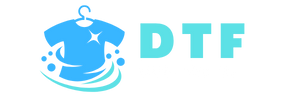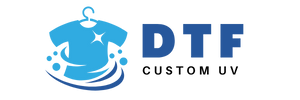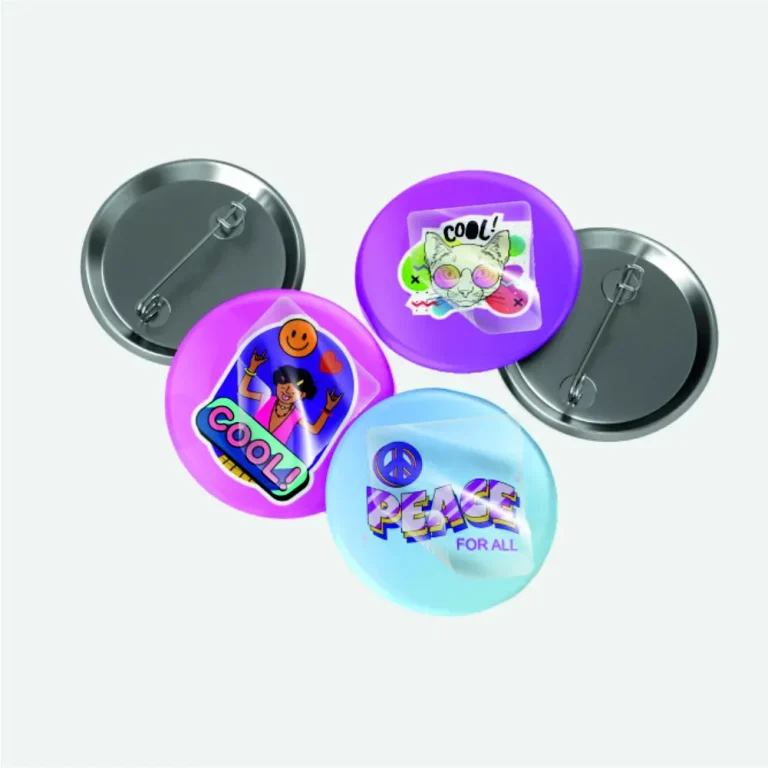UV DTF Gangsheet Builder is a purpose-built tool designed to streamline the arrangement of multiple designs for UV DTF production. In the fast-paced world of garment customization, it helps optimize gangsheet workflows by reducing waste and speeding up setup. For shops handling high-mix orders, understanding how this tool fits your production needs can translate into meaningful cost savings. It automates grid layouts, spacing, and bleed management to produce efficient gang sheets. This blend of automation and control supports a tighter, more efficient production pipeline.
Viewed through an optimization lens, this tool can be described using alternative terms such as a dedicated layout engine for UV-transfer printing or a sheet-tiling system that consolidates several designs into one print file. It acts as an automation-enhanced prepress assistant, managing grid alignment, bleed allowances, and color consistency so designers can focus on art. In LSI terms, related concepts include gangsheet printing, DTF printing, and a streamlined DTF workflow that reduces setup time and material waste. The overarching goal across these terms is repeatable color accuracy, print-ready gang sheets, and predictable turnaround for high-mix production runs.
Streamlining UV DTF Printing: How a Gangsheet Builder Boosts Efficiency
The UV DTF Gangsheet Builder reorganizes multiple designs onto a single gang sheet, enabling more prints per sheet and faster setup for UV DTF printing. In the broader DTF workflow, this accelerates production from concept to cured results and reduces the manual fiddling that often slows down small shops, online brands, and contract printers handling high-mix, low-volume orders.
By automating grid layouts, margins, bleed management, and spacing, the tool helps maintain visual consistency across dozens or even hundreds of tiny prints. The ability to export print-ready gang sheets and directly feed the printer pipeline minimizes errors in the curing stage and improves overall throughput without sacrificing color accuracy or detail.
Smart Layout Automation for Consistent Gangsheet Printing
Smart tiling and automated grid arrangement maximize substrate usage while keeping critical margins intact for gangsheet printing. This is especially valuable in UV DTF workflows where speed and precision are essential, helping teams move quickly from design to production without manual repositioning.
Coupled with adjustable bleed, gutter sizes, and margin controls, the builder reduces human error and standardizes output across jobs. When paired with color management and ICC profiles, it helps ensure consistency across sheets, making the DTF printing process more predictable and easier to scale.
Color Management in DTF Printing: ICC Profiles and Brand Fidelity
Color fidelity matters in UV DTF printing, and ICC-based color management embedded in the gangsheet tool helps maintain brand accuracy across multiple prints. By aligning display profiles with printer inks and substrates, designers can anticipate how colors will render on actual garments, reducing surprises in the final product.
A tight integration of color workflows means fewer reprints and more reliable results, even when dealing with complex colorways or gradient-heavy designs. In practice, this translates to more consistent DTF printing outcomes and a smoother path from design files to finished, color-consistent garments.
From Design Files to Print-Ready Output: Export Formats and Printer Compatibility
Export formats and printer compatibility are core to a seamless DTF workflow. The builder’s ability to generate print-ready PDFs with appropriate layer handling and bleed information ensures your UV DTF printer receives exactly what it needs, minimizing driver conflicts and misalignment during cure.
Direct import options, web-to-print capabilities, and metadata tagging streamline orders from e-commerce platforms or design teams. Ensuring that the output aligns with your printer’s drivers and curing equipment helps you deliver reliable print-ready gang sheets every time.
ROI and Operational Benefits: Time Savings, Waste Reduction, and Throughput
Time savings on setup translate to faster turnarounds and lower labor costs, while optimized gang sheets boost throughput per sheet and reduce substrate waste in UV DTF printing. The combined effect across the DTF workflow is a lower cost-per-unit and more predictable production schedules for small-to-midsize shops.
However, beware of a learning curve, compatibility gaps, and total cost of ownership. Pilot the tool with representative layouts, measure waste reduction and throughput improvements, and assess ongoing vendor support to validate the return on investment for your specific mix of designs and substrates.
Best Practices, Setup Tips, and Real-World Use Cases for UV DTF Gangsheet Workflows
Begin with a color calibration plan, standard sheet sizes, and a reusable template library to accelerate future jobs. Document best practices for design placement, safe zones, and bleed requirements to keep the DTF workflow consistent as you scale.
Real-world use shows mid-sized shops printing 50–200 SKUs per month benefit from a dedicated gangsheet builder by achieving reliable color fidelity, reducing manual layout time, and speeding up delivery. Start with a single layout template, validate improvements in waste and setup time, and gradually expand your library as you confirm color consistency and speed gains in your UV DTF, gangsheet printing, and DTF workflow.
Frequently Asked Questions
What is the UV DTF Gangsheet Builder and how does it fit into the DTF workflow?
The UV DTF Gangsheet Builder is software that helps you arrange multiple print designs on a single gang sheet for UV DTF printing. It automates grid layouts, margins, bleed, and exports print-ready gang sheets, reducing setup time and waste in the DTF workflow.
How does the UV DTF Gangsheet Builder optimize gangsheet printing for print-ready gang sheets?
It tessellates designs into an optimized grid, adjusts gutters and bleeds, and supports template libraries. This speeds job prep, improves material efficiency, and yields consistent results across DTF printing runs, producing print-ready gang sheets.
Can the UV DTF Gangsheet Builder manage color and ICC profiles to ensure color accuracy in DTF printing?
Yes, it integrates with color profiles to maintain consistent color across sheets, minimizing surprises after curing in UV DTF printing and helping produce reliable print-ready gang sheets.
What export formats and printer compatibility should I expect from a UV DTF Gangsheet Builder for DTF printing workflows?
Look for print-ready PDFs, proper layer handling, and compatibility with your UV DTF printers. Ensure the builder exports files that your printer drivers and curing equipment can reliably use.
What are common pitfalls when adopting the UV DTF Gangsheet Builder and how can I mitigate them in my DTF workflow?
Common issues include a learning curve, compatibility gaps with certain printers, over-automation, and cost. Mitigate by piloting with simple layouts, validating export files, running proofs, and ensuring solid vendor support and updates.
In what scenarios does the UV DTF Gangsheet Builder deliver the most value for small shops and online brands in a DTF printing workflow?
It shines for high-mix, low-volume DTF printing workloads, where multiple designers contribute designs. It streamlines gangsheet printing, standardizes layouts, improves color consistency, and boosts throughput within the DTF workflow.
| Topic | Key Points |
|---|---|
| What is UV DTF Gangsheet Builder | Software to organize multiple print designs onto a single gang sheet for UV DTF printing; aims to maximize material usage, minimize waste, and simplify the export process; automates grid layouts, spacing, and bleed management; helps maintain visual consistency across many prints; supports teams managing color profiles and variable data for efficiency. |
| Key features to look for | Smart layout and tiling: auto grid, adjustable margins, bleed, and gutter sizes; Color management and ICC profiles; Web-to-print or file acceptance; Export formats and printer compatibility; Job metadata and naming; Calibration and measurement tools. |
| Pros | Time savings on setup; Consistency across runs; Material efficiency; Better planning and traceability. |
| Pitfalls and considerations | Learning curve; Compatibility gaps; Over-automation risk; Cost versus value; Support and updates. |
| Traditional approach | Without a gangsheet builder, designs are coordinated in general-purpose layout tools and manually aligned; time-consuming and error-prone. |
| Right use cases | Regularly print small-format designs; minimize waste; multiple designers/vendors; color-sensitive projects needing consistency. |
| Setup tips | Calibrate color; standardize sheet size and margins; create a template library; run test prints; document best practices. |
| Best practices and optimization ideas | Use color profiles; plan color-rich designs with separation; schedule curing; track performance data; stay future-ready (automation, API hooks). |
| Practical use cases and customer scenarios | Mid-sized shop (50–200 SKUs/month); diverse art; unified color fidelity; reduced waste; automated export and quick validation. |
Summary
UV DTF Gangsheet Builder offers a pragmatic enhancement to UV DTF printing workflows by streamlining layout, improving material utilization, and standardizing color handling across batches. A careful pilot—testing a few templates and verifying printer compatibility, color accuracy, and total cost of ownership against throughput gains—helps validate ROI. For teams that value repeatable layouts, clear metadata, and a scalable workflow, the UV DTF Gangsheet Builder becomes a strategic asset in the print production toolkit. Adopting a phased approach, starting with a single layout template and expanding as you confirm waste reduction and speed gains, is a practical path to success.



